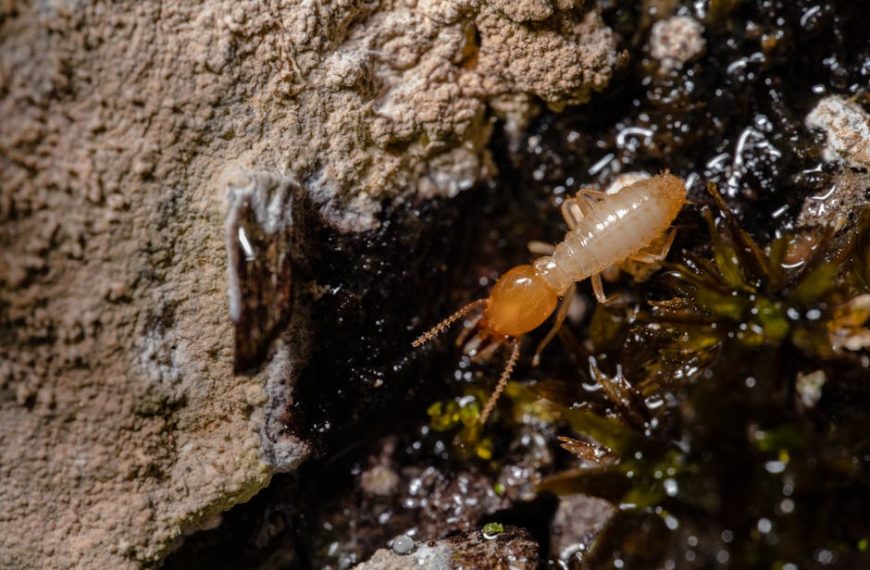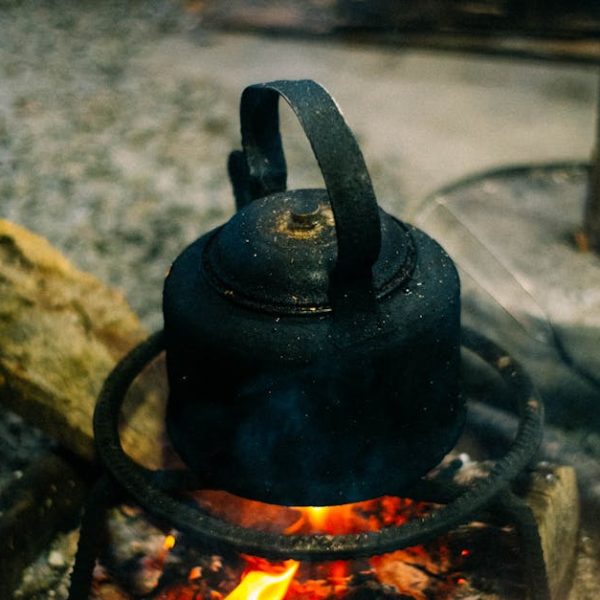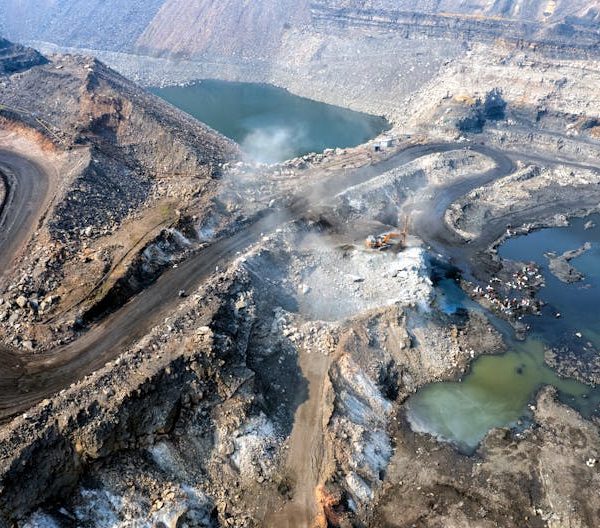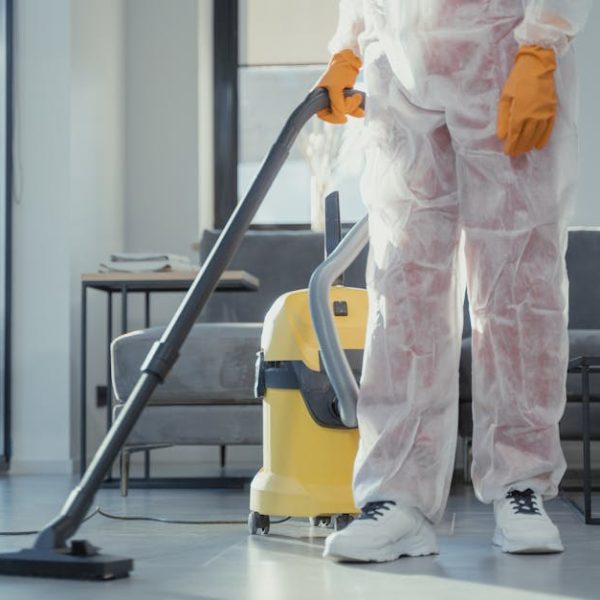Yes, you can vacuum Diatomaceous Earth, but it’s not universally recommended. Often used for a variety of purposes in the household—from pest control to dietary supplement—Diatomaceous Earth inevitably requires frequent cleaning due to its dusty and fine nature. However, its small particulates can pose potential problems when vacuumed, including possible damage to the vacuum cleaner and a negative impact on air quality. This article will guide you through the details of diatomaceous earth, its usage, the challenges of its cleanup via vacuum, and suggest alternative methods, suitable vacuums, and safety tips for handling this versatile, eco-friendly compound.
Understanding Diatomaceous Earth and Its Uses
Diatomaceous Earth (DE), made from the fossilized remains of tiny, aquatic organisms known as diatoms, is quite a multi-purpose material. It’s commonly used as a natural insecticide, as its microscopic, sharp edges can cut through insect exoskeletons. DE also finds its usage in filtration, cleaning aids, pet care, gardening, and even as a food-grade supplement for detoxification and parasite control.
Here are some popular household uses of DE:
- Natural pest control
- Cleaning and deodorizing agent
- Dietary supplement and parasite control for pets
- Stain remover
- Soil improver for gardening
- Food storage
- Deodorizer
Problems Associated with Vacuuming Diatomaceous Earth
Vacuuming is indeed a quick and straightforward way to clean up almost anything, including DE. However, this method of cleaning DE may not be as effective and safe as you might think.
Diatomaceous Earth’s fine particles can easily clog the vacuum’s filters, potentially damaging its motor. Moreover, vacuuming DE can disperse fine dust particles into your air, leading to possible respiratory troubles.
Obstacles encountered when vacuuming DE include:
- Clogged filters
- Potential motor damage
- Dust dispersal into the air
Best Practices for Cleaning Diatomaceous Earth
There are safer and more efficient alternatives for cleaning up DE that won’t put your vacuum cleaner at risk. For instance, using a damp mop or cloth can effectively gather DE without sending it airborne. A shop vacuum specifically designed for handling fine dust can also be a good option.
Here’s a simple and effective method for cleaning up DE:
- Compile the necessary cleaning tools such as a damp mop, a bucket of water, and protective gear.
- Start by dampening the area with DE gently, without soaking it.
- Once you’ve moistened the DE, use your damp mop or cloth to collect it.
- Dispose of the collected DE safely.
- Repeat these steps if necessary, ensuring all DE has been cleared up.
Take note, avoid using a regular vacuum unless it’s specifically designed for handling fine dust like DE. If you insist on vacuuming, ensure the vacuum’s filters are cleaned or replaced immediately afterward to prevent damage and reduced efficiency.
Is It Safe to Vacuum Up Diatomaceous Earth if There’s a Gas Smell in the House?
Vacuuming diatomaceous earth can stir up dust, which may exacerbate existing respiratory issues. If there’s a house gas odor, it’s crucial to prioritize safety. Ventilate the area immediately and consider seeking professional help for the gas smell before engaging in any cleaning tasks to avoid health risks.
Suitable Vacuum Cleaners for Diatomaceous Earth
Not all vacuums are cut out for dealing with fine particles like DE. Usually, standard vacuum cleaners are designed for larger household debris and can be damaged by DE. Shop vacuums that are specifically designed for handling dust, or high-efficiency particulate air (HEPA) filter vacuums are safer options for cleaning up DE.
Important features of a DE-friendly vacuum cleaner include:
- HEPA filters
- Dust collection bags
- Strong suction power
- Suitable for handling fine dust
Then there’s the task of selecting the suitable vacuum cleaner, for that, let’s look at few popular brands and their attributes:
| Brand | Model | HEPA Filter | Dust Bag | Designed for Fine Dust |
|---|---|---|---|---|
| Hoover | WindTunnel Max Capacity Upright Vacuum Cleaner | Yes | Yes | No |
| Dyson | Ball Multi Floor 2 Upright Vacuum | Yes | No (bagless) | Yes |
| Shop-Vac | 5-Gallon Stainless Steel Wet Dry Vacuum | No (but compatible) | Yes | Yes |
| Shark | Navigator Lift-Away Deluxe NV360 Upright Vacuum | Yes | No (bagless) | Yes |
Preventive Measures & Safety Tips When Handling Diatomaceous Earth
Prevention is often the best solution when dealing with problems associated with DE cleanup. Use DE sparingly, only apply the amount needed for the task and avoid unnecessary spills. If DE needs to be spread in large areas, instead of sprinkling, try laying thin layers to make subsequent clean-ups easier.
Safety and prevention tips include:
- Always wear a mask and gloves when handling DE as, despite its many benefits, it can be harmful when inhaled or touched directly.
- Use a duster designed for DE to control its spread and minimize airborne particles.
- If spillage occurs, clean it up promptly to avoid accumulation and minimize risks.
In conclusion, although you can vacuum DE, it’s not always the safest or most effective option. However, with the right knowledge, equipment, and preventive measures, cleaning up DE can be a straightforward task. Always remember the essential rule of cleaning up DE: Do no harm—neither to yourself nor your vacuum cleaner. Happy Cleaning!
Key Takeaway:
- Vacuuming Diatomaceous Earth (DE) is not universally recommended due to the risk of damage to the vacuum cleaner and potential health concerns due to airborne dust particles.
- DE has many household uses including pest control, stain removal, and as a dietary supplement.
- Users need to exercise precautions while handling DE to avoid health implications and facilitate easy clean-up.
- Not all vacuum cleaners are suitable for DE. The suitable ones often feature attributes like HEPA filters, dust collection bags, strong suction power, and are designed for handling fine dust.
- Precautions in handling DE include wearing protective gear and using only the necessary amounts to reduce clean-up operations.
Rest assured, you can handle and clean Diatomaceous Earth safely and effectively by following the provided guidelines. Be sure to use the right cleaning methods and appropriate vacuum cleaners if you choose to vacuum, or simply turn to damp mopping for a safer, no-dust alternative.
FAQs
Q: Can I use my regular vacuum cleaner for cleaning up Diatomaceous Earth?
A: While you can technically use your regular vacuum cleaner, it might not be the best choice due to the fine nature of DE. It can clog the filters and damage the vacuum motor.
Q: What are potential health risks associated with Diatomaceous Earth?
A: The primary health concern with DE is respiratory issues caused by inhaling the fine dust particles. Always use a mask when handling DE to prevent inhalation.
Q: How can I minimize the spread of Diatomaceous Earth when applying it?
A: For minimal spread, apply thin layers of DE instead of sprinkling. You can also use a duster designed for DE.
Q: Are there specific brands of vacuum cleaners that are safe for Diatomaceous Earth?
A: Brands like Dyson, Shark, and Shop-Vac offer models that are designed to handle fine dust like DE. Ensure the vacuum cleaner you choose comes with features like HEPA filters, dust collection bags, and strong suction power.
Q: How can I protect myself when handling and cleaning Diatomaceous Earth?
A: Always wear a mask and gloves when handling DE. If you’re cleaning up DE, consider using a damp mop or cloth to prevent the dust from becoming airborne.
Remember, sharing is caring! If you found this guidance on vacuuming Diatomaceous Earth beneficial, don’t hesitate to share it with your friends. Also, don’t forget to browse our other posts for more insightful tips and advice.












